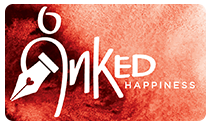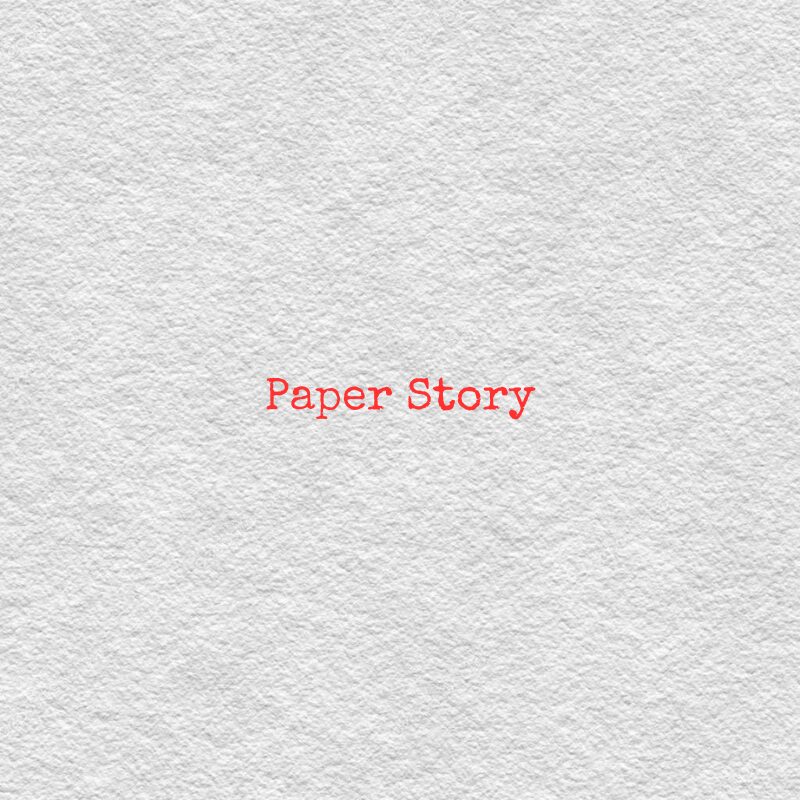
It was one of the defining moments in history. Chinese Tang and Abbasid forces were ranged against each other on a sweltering day in July 751 in what is known as the Battle of Talas. The actual outcome of the battle is immaterial, for what matters is that the Abbasid took some Chinese prisoners, who passed the knowledge of paper-making to the Islamic world.
The enormity of this knowledge transmission can be gauged from the fact that the first papermaking process can be traced back to China (eastern Han period: 25 – 220 AD) when court official Cai Lun is credited to have perfected it. Papermaking was as closely guarded a secret to the Chinese, it will not be an exaggeration to state, as silk making was. In fact, by the time the secret was revealed, the Chinese were already adept at using paper for drawing, writing, and as money.
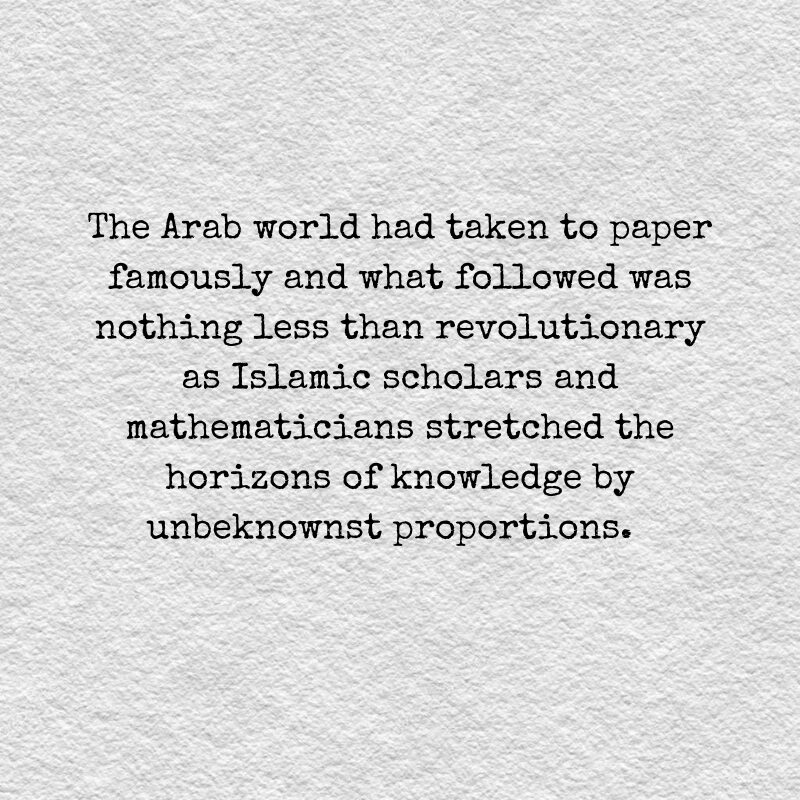
The Arab world had taken to paper famously and what followed was nothing less than revolutionary as Islamic scholars and mathematicians stretched the horizons of knowledge by unbeknownst proportions. It was just a matter of time before Warraqs (paper bazaars) sprouted across the Islamic world and the fabled Silk Road turned, for all intents and purposes, into a Paper trail (no pun intended).
Papermaking is alleged to have reached Spain in the late 11th century and from there to Italy in the 13th century, just in time to give the Renaissance the nudge it needed. Before this, it was literally the Dark Ages in Europe, where animal-skin-based parchments and wood panels were in use. Waterwheels refined the papermaking process in Spain in the 13th century, and wood-based papermaking came much later, in the 19th century. From China, through the Middle East, to Europe, and then to the Americas – it was a journey of many centuries.
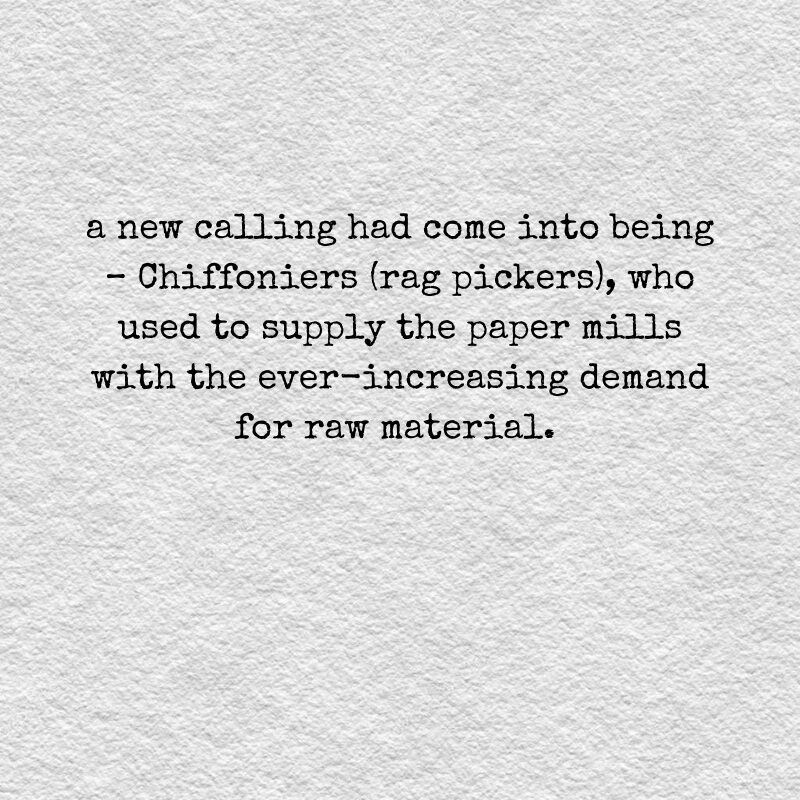
Such was the runaway hunger for the paper first in Europe and then in America, that a new calling had come into being – Chiffoniers (rag pickers), who used to supply the paper mills with the ever-increasing demand for raw material. Such loathsome was the occupation that they were accused of stripping fallen soldiers of their uniforms apart from being blamed for the spread of the plague.
This part of the story is well documented. However, what is not so well recounted is that a different branch of the paper road had traveled from China to Korea and Japan where the secrets of papermaking were unveiled by Buddhist monks.
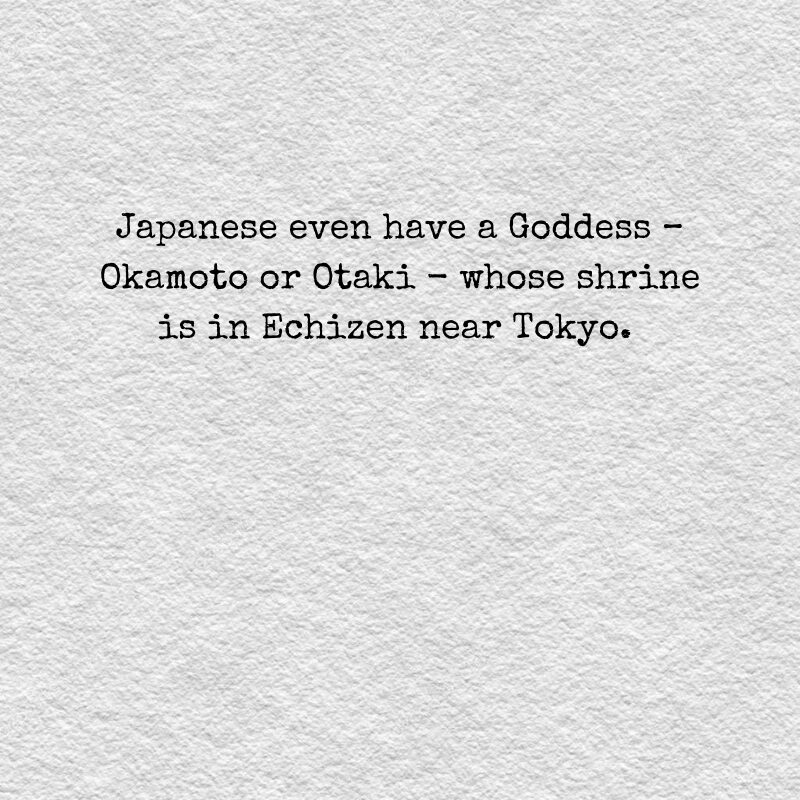
Yes I know, the terms Japan and Paper coming together get the registers tingling – Washi and Tamoe River and whatnot – but I will tread off the beaten track and fill you up with some little-known paper facts that I hope will put the Japanese obsession with paper in the right perspective. Why, the Japanese even have a Goddess – Okamoto or Otaki – whose shrine is in Echizen near Tokyo. Legend has it that this Goddess taught the local people how to make paper before mysteriously disappearing upriver, prompting the locals to call her “Kawa-Kami Gozen” (upriver princess) and enshrining her.
Then there is this equally fascinating tale about the Empress Shōtoku, who had commissioned the collection of a million Dharanio prayers (miniature wooden pagodas that contain Buddhist prayers printed on paper scrolls) in 764, after returning to the throne following a rebellion. The pagodas were said to have been distributed to 10 temples in Nara, the capital at the time. The sheer effort of writing a million prayers is one thing, preparing enough washi to write the prayers on … well, that is how deep the Japanese tradition of papermaking goes.
And then there is the moving tale of Sadako Sasaki, who died ten years after the Hiroshima bombing. When she was in the sixth grade of elementary school (1954), Sadako developed signs of an illness which was diagnosed as leukemia. Believing that folding paper cranes would help her recover, she kept folding them to the end, but on October 25, 1955, after an eight-month struggle with the disease, she passed away. It was Sadako’s tragic story that triggered the campaign to build a monument to pray for world peace and the peaceful repose of the many children killed by the atomic bomb. Such was the strength of the message spread by Sadako that today, approximately 10 million cranes are offered each year before the Children’s Peace Monument.
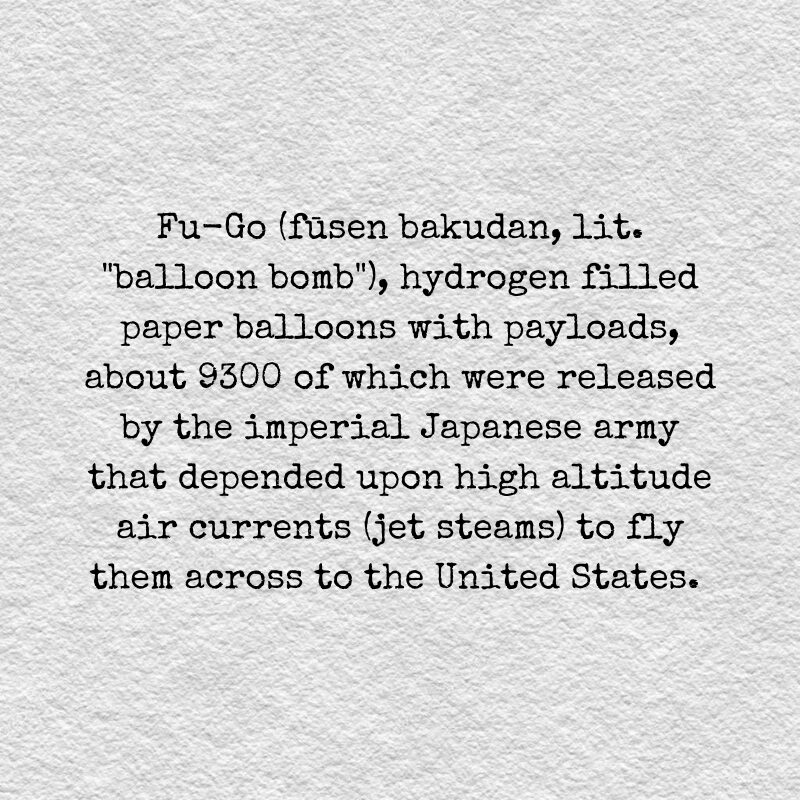 Now for the Fu-Go (fūsen bakudan, lit. “balloon bomb”), hydrogen filled paper balloons with payloads, about 9300 of which were released by the imperial Japanese army that depended upon high altitude air currents (jet steams) to fly them across to the United States. One such Fu-Go in Oregon killed six civilians on May 5th, 1945, the only instance of such fatalities on the mainland US. The reason for saying this is that the Fu-Go, made from paper, was the first weapon of intercontinental range, way before the ICBMs were rolled out.
Now for the Fu-Go (fūsen bakudan, lit. “balloon bomb”), hydrogen filled paper balloons with payloads, about 9300 of which were released by the imperial Japanese army that depended upon high altitude air currents (jet steams) to fly them across to the United States. One such Fu-Go in Oregon killed six civilians on May 5th, 1945, the only instance of such fatalities on the mainland US. The reason for saying this is that the Fu-Go, made from paper, was the first weapon of intercontinental range, way before the ICBMs were rolled out.
Before I pull the paper curtain down, here is something to mull over: Both the Stamp Act of 1765 that led to the American War of Independence and the First War of Independence of 1857 in British India had paper as one of the principal protagonists. Coincidence?
